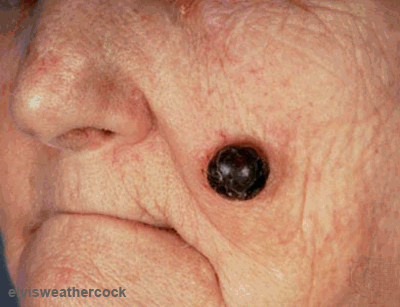A young 40 something woman has been off work for 21 months with a diagnosis of "Chronic Fatigue" because no one has listened to her story.
"When were you last completely well"
"June 3rd 2008" "What happened?" "I scraped the wallpaper of my daughters bedroom wall. I felt ill the next the day, went home, slept for two days and I have not been back to work"
This is an unusual story.
This is a young 40 plus woman, who is fit and motivated enough to do DIY during her weekends off and now can hardly walk. Something serious has happened.
Asking more questions, Sarah X spent two days scraping bathroom wallpaper off the wall, without a steamer. For anyone who has ever done this, it is hard backbreaking work and Sarah X did it for two days and went to work on Monday.
She left work early on the Monday and slept solidly for two days. Her children (13yrs and 15yrs) took themselves to school and got their own meals for two days. Thursday morning Sarah X staggered to her General Practitioner and has not worked since.
Sarah X never leaves work early and never takes time off. She has taught her children how to look after themselves, as well as holding down a full time job and running and maintaining her home, with no man in sight. This woman is used to working hard!! When a hardworking woman is off work for two years, there is a serious problem - her Medical History makes this clear. The circumstances around her sickness are as important as her illness because noticing these are clues gave Sherlock Holmes his reputation.
Now she has severe pain in her neck, numbness in her legs, difficulty using her hands and has trouble walking.
Examinating her confirms that her neck is painful and tender. And she has the briskest reflexes I have seen outside a neurosurgical clinic. I should have filmed her. I was probably the first doctor to examine her properly. The Neurologist scanned her neck at a high level, and a prolapsed disc at the bottom of her neck was seen and considered "not significant". Brisk reflexes can be caused by pressure on the spinal cord
This is a classic story of spinal cord compression - the sort that leaves you paralysed from the neck down
Sarah X has been seen by an NHS Rheumatology consultant, Neurologist, and Chronic Fatigue Specialist - no one took a proper medical history or examined her reflexes - and as a result a young woman is crippled, possibly permanently
The key to being a good doctor is being curious - people see a doctor because they have a problem, and it is your job to find out what the problem is and sort it out.
The key features of cervical cord compression are:
1 - trauma to the neck, whilst wall papering - an awkward and difficult movement, carried on over two days leading to a prolapsed disc in her neck
2 - numbness and tingling in her legs and arms - classic signs of nerve damage
3 - a generalised difficulty walking - rather than a sore ankle, again - a classic sign of damage to the nerves
4 - pain in her neck -
5 - Brisk reflexes, - when you tap her patella (knees), wrists, hands, elbows, thighs, ankles - her whole body jumped
Click here for more information about the cervical spinal and cervical discs
The spine is a series of bones that act like blocks to give vertical support to the neck and back. Each block is separated by a "disc" of grisel. This grisel can come out of place and put pressure on the nerves - both at the level of the damaged disc and put pressure on the nerves going down the back to the arms and legs.
This is not the lady's scan - her disc was further down her neck which makes it harder to see.
In Occupational Health I can only make recommendations but it is hard to describe the relief and almost joy this patient experienced when she understood what had happened and that she could get treatment, if necessary surgery. In the meantime, I recommended she take care with her posture and ask her GP for an urgent referral to a good Neurosurgeon.
I trained before we had scans, and we had to work out what was wrong with patients from their medical history. Believe it or not, we did have good results! or as my old boss used to say, more fractures are missed on X-ray than on examination, if it looks like a fracture, the story is of a fracture, treat it as a fracture and then it can heal.
Mood Mapping - Available Now!!
UK and International readers
Click here for Blackwells
Click here for Waterstones
Click here for Play.com
US readers: buy from Amazon.com Click here
Copyright (c) Dr. Liz Miller
http://www.moodmapping.com/
www.lizmiller.co.uk
www.moodmapping.com















